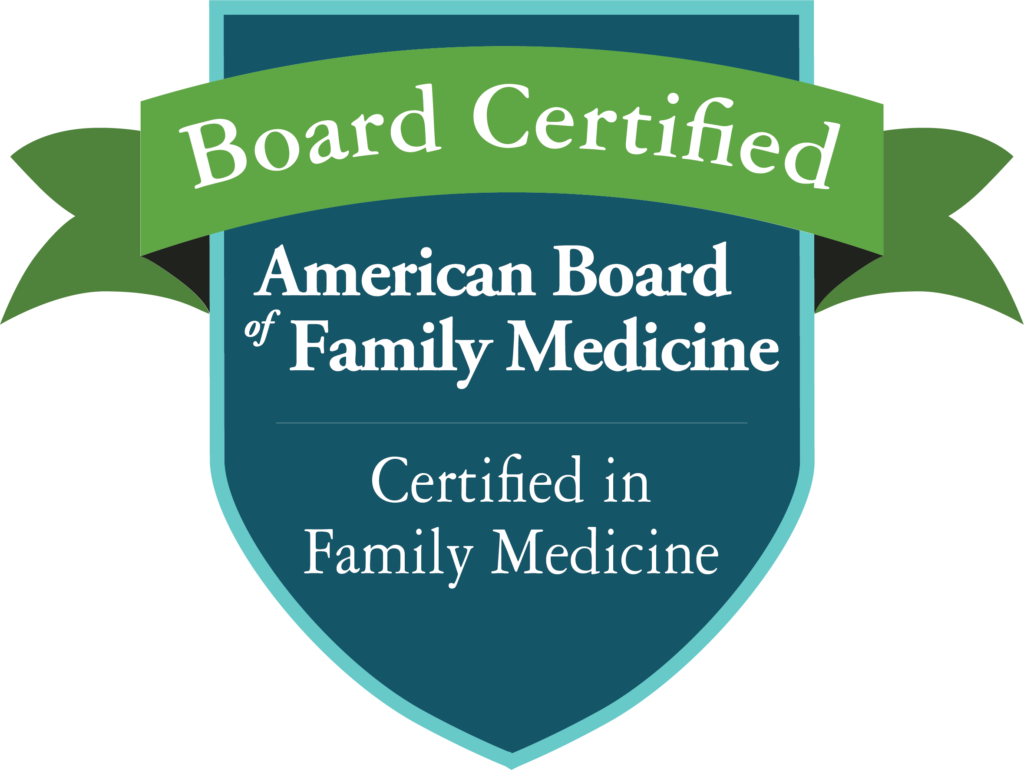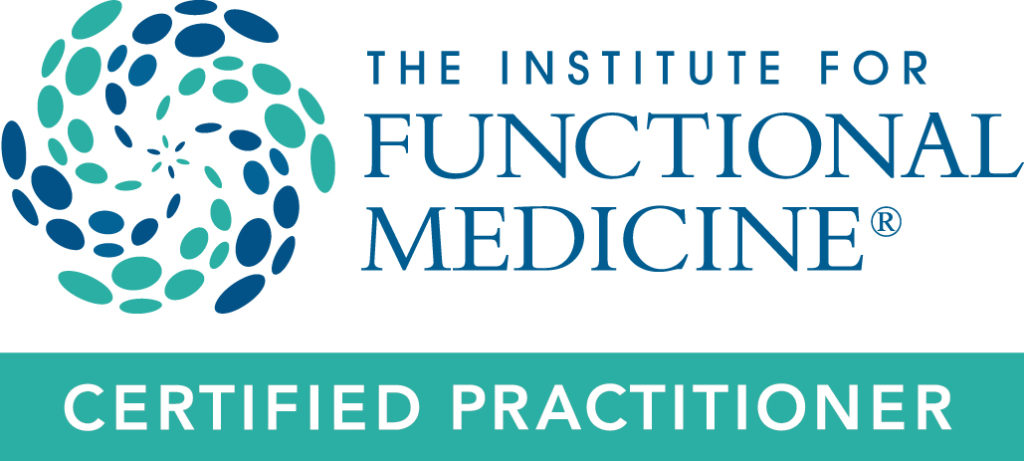by Eileen M. Wright, M.D.
The ability to form a clot can be life saving, such as after an injury when a person might otherwise bleed to death. Several problems can happen, however, with the complex sequence of events that contribute to clot formation that leave a person at risk for unwanted clots.
Many people know someone who has had a heart attack “out of the blue”. This unfortunate new heart disease victim may have had no identifiable significant risk factors for heart disease, leaving the patient and his or her family wondering why. You may recall the recently publicized warning of the single greatest risk of potentially fatal health complications of air travel: pulmonary embolism, a clot in the lung. And we now have two potentially fatal medical conditions from clot formation in seemingly healthy people.
An increased chance of clot formation can occur after surgery, trauma, stress, toxin exposure, fractures, or infectious illnesses including viral, bacterial, or fungal infections. It is less well known that any chronic infection such as Epstein Barr virus, herpes, and gingivitis can similarly result in the blood flow being chronically more sluggish than desired. Circulation in small vessels can then become obstructed with fibrin, a strand-like substance in the blood involved in clotting, resulting in sluggish blood flow. Since blood cells transport oxygen and waste products, sluggish blood flow in small vessels results in poor oxygenation of tissues and accumulation of waste products. This often leaves tissues unable to heal and leaves a person feeling chronically unwell.
Physicians routinely address clotting abnormalities daily in emergency situations such as heart attacks, strokes, and pulmonary embolisms. Because clues to increased risk for clotting exist prior to actual clot formation, identifying and treating those at risk is now possible before a clot develops. Those wondering if they have this risk must have special blood testing done to assess inherited defects in coagulation. Fortunately, much can be done to treat this condition, and an ounce of prevention is certainly worth a pound of cure. Treatments for increased clot formation risk include taking Vitamin E and EFA (fish oil) supplementation to make platelets less “sticky”, exercise, stress reduction, avoidance of sugar and alcohol in the diet, daily water intake of one ounce for every two pounds of body weight, and taking garlic, which has been shown to be as effective as aspirin in reducing platelet stickiness. The prescription drugs Coumadin or Heparin may be prescribed. Both require periodic monitoring. Diagnosing and treating any underlying condition, such as an infection, that stimulates increased clot formation is also important for long-term treatment success.
If traveling either by air or car, and in particular following a recent infection, sitting with legs bent for an extended period of time can set one up for clot formation, as blood can be trapped and pool in the leg veins. Clots formed in the leg can be fatal when they travel to the lung. Reduce the risk of clot formation by drinking water and taking Vitamin E and fish oil prior to traveling. During travel, do ankle rotations, calf and leg stretches and isometrics frequently. Walk around the aisles of the plane if able, or if traveling by car, stop and get out of the car to walk hourly to increase circulation.










